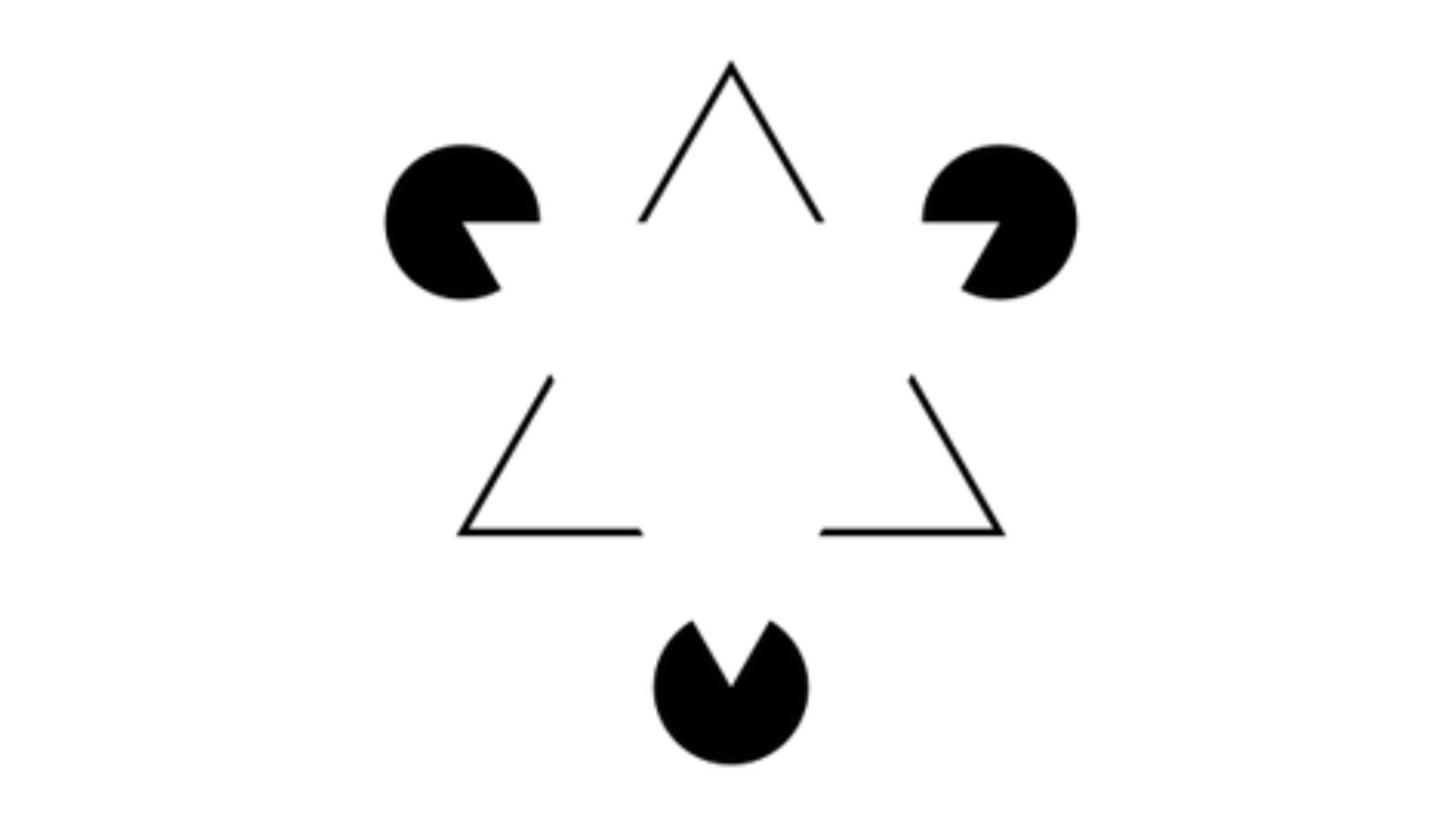The Gestalt School of Psychology: Unraveling the Wholeness of the Mind
In the rich tapestry of psychological thought, a captivating movement arose in the early 20th century, captivating minds with its focus on the totality of human experience. Behold the Gestalt School of Psychology, a symphony of ideas that delves deep into the human psyche, spinning intricate melodies that celebrate the interconnectedness of perception, cognition, and emotion. This enlightening journey into the realm of Gestalt psychology reveals its founders, popularizers, profound statements, and practical applications that continue to resonate in the annals of human understanding.
The Birth of Gestalt Psychology: Pioneers and Time of Creation
The Gestalt School of Psychology came to life in the early 20th century, with the seminal work of Max Wertheimer, Kurt Koffka, and Wolfgang Köhler. These pioneering minds illuminated the concept of Gestalt, a German term for “shape” or “form,” as a key to comprehending the mind’s organization and its holistic perception of the world.
Popularizers of Gestalt Psychology: Perls, Heider, and Lewin
As the symphony of Gestalt psychology soared, the school garnered momentum and popularity, thanks to the contributions of renowned figures like Fritz Perls, Solomon Asch, Kurt Lewin, and Fritz Heider. These stalwarts propagated the Gestalt principles, amplifying its impact on the realm of psychology.
The Core Tenets of Gestalt Psychology: The Whole is Greater Than the Sum of Its Parts
At the core of the Gestalt Symphony lies the belief that the human mind perceives the world as an integrated whole, rather than a mere collection of separate elements. Perception is not a passive process, but an active and dynamic construction of meaningful patterns that emerge from the interplay of sensory inputs and cognitive processes.
Gestalt Principles: Bringing Harmony to Perception
The Gestalt School unfolds its principles like melodic refrains, each contributing to the harmony of perception:
- Principle of Proximity: Elements close to one another are perceived as belonging together.
- Principle of Similarity: Similar elements are grouped together in the mind’s eye.
- Principle of Closure: Incomplete figures are mentally completed by the mind to form meaningful shapes.
- Principle of Continuity: The mind prefers continuous and smooth lines over abrupt changes.
- Principle of Figure-Ground: The mind perceives objects against a distinct background.
Practical Example: The Kanizsa Triangle
To comprehend the practical applications of Gestalt principles, imagine the Kanizsa Triangle. Though composed of mere fragments, our minds effortlessly perceive a complete, white equilateral triangle against a black background. This optical illusion exemplifies the mind’s tendency to organize elements into meaningful wholes, transcending mere sensory inputs.
Profound Statements from the Gestalt School:
- “The whole is other than the sum of the parts.” – Kurt Koffka
- “The greater part of the mind escapes us.” – Kurt Lewin
- “I do my thing, and you do your thing. I am not in this world to live up to your expectations, and you are not in this world to live up to mine. You are you, and I am I, and if by chance we find each other, it’s beautiful.” – Fritz Perls
The Transcendent Vision: Embracing the Wholeness of Being
As the symphony of Gestalt psychology reaches its crescendo, it invites us to embrace the profound interconnectedness of our experiences. It illuminates the power of perception, cognition, and emotion as inseparable threads that weave the tapestry of human existence. Gestalt psychology beckons us to immerse ourselves in the fullness of being, to appreciate that the whole is indeed greater than the sum of its parts.
The Encore: A Lasting Resonance
As the curtains fall on the Gestalt Symphony, its profound resonance lingers. The Gestalt School has left an indelible mark on psychology, reminding us that perception, cognition, and emotion are not isolated fragments, but harmonious symphonies playing in unison. The wisdom of Gestalt psychology continues to inspire and enlighten, guiding us to embrace the beauty of wholeness in the mosaic of our lives. As we journey through the ever-evolving landscape of the human psyche, the melodies of Gestalt psychology remain a timeless echo, a reminder to perceive, understand, and celebrate the magnificent gestalt of human experience.



